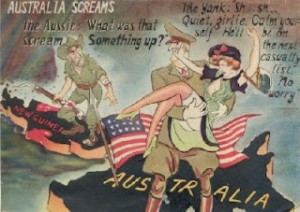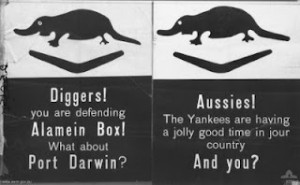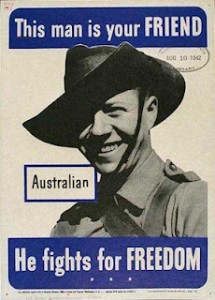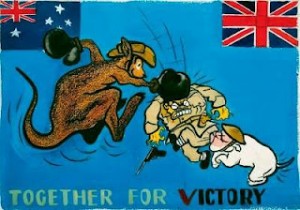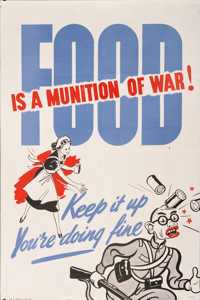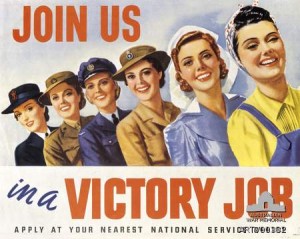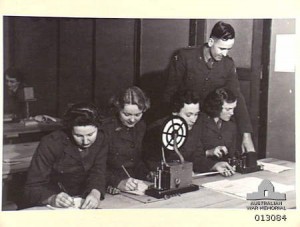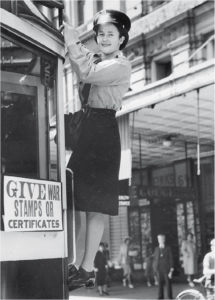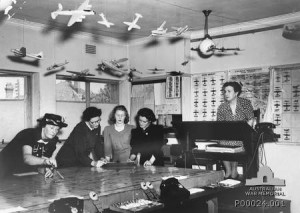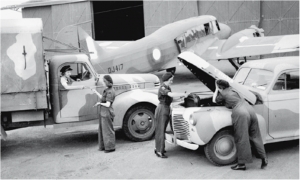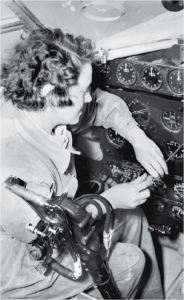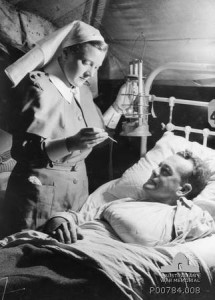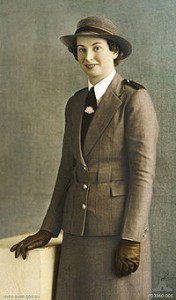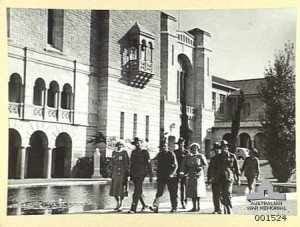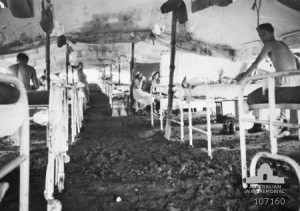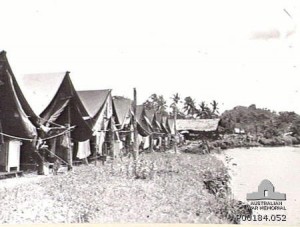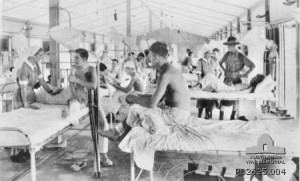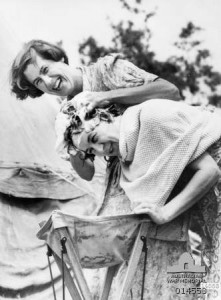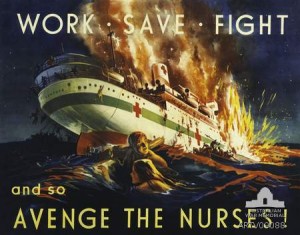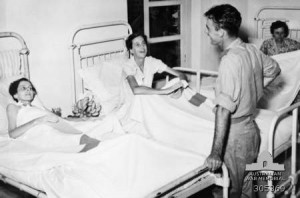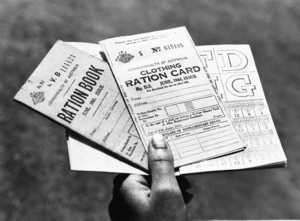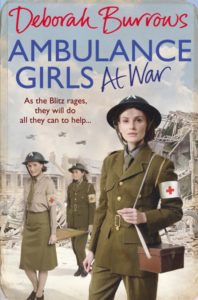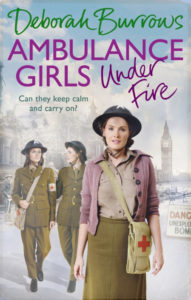Hi everyone
My book, A Stranger in My Street, is officially out in June, but there will be copies in the bookstores in mid-May! Apparently the orders from the bookshops have been healthy, so the print run is reasonable.
My agent, Sheila Drummond, is currently at the London Book Fair, trying to sell publishing rights in England, Europe and the US.
I’m having a photo shoot on the weekend for the newspaper articles that my publicist, Jace, has set up. I bought a new outfit for it on Saturday. I’m booked to talk at a library and at an Arts Centre. I’ll be what is charmingly called, a ‘media-whore’.
It’s slightly daunting, but, hey – life is change and challenges. So it’s also exciting…

I thought I’d talk about rationing in Australia in World War 2. For the first time, Australia actually felt threatened, and it went into War Mode very quickly. People really pulled together because of the perceived threat from Japan.
(For more information please see: https://www.awm.gov.au/encyclopedia/homefront/rationing/)
Rationing regulations for food and clothing were gazetted on 14 May 1942 . The goverment wanted to curb inflation, reduce total consumer spending, and limit potential shortages of essential goods, as in Britain, by trying to ensure that there was an equitable distribution of food and clothing. Australians might have felt aggrieved, but they were never as short of food nor indeed, rationed as heavily, as civilians in the United Kingdom. In Australia we limited rationing to clothing, tea, sugar, butter, and meat (although from time to time, eggs and milk were also rationed under a system of priority, so that it only went to those who really needed it during periods of shortage). As in Britain, all Australians were allocated coupons, which had to be traded for the rationed item.
This could create problems if the ration books never reached their targets: in WA in 1943 some ration books were stolen. It appears that there may have been a black market in the books:
http://trove.nla.gov.au/ndp/del/article/46758949?searchTerm=ration%20books%20stolen%20Shenton%20Park&searchLimits=

It was actually rather healthy, the lack of excess that came with rationing. In Australia, the weekly food ration was:
| Meat |
900g |
| Butter |
225g |
| Sugar |
450g |
| Tea |
90g |
On beef-less days it was an offence to buy, sell or eat beef. On 29 December 1943, The Brisbane Telegraph printed a recipe for mock sausages:
Take one cupful of breadcrumbs, one cupful of cooked potatoes, one cupful of oatmeal porridge. salt and pepper to taste, half a finely chopped onion, and a small quantity of sage. Mix together, roll in flour into .the shape of a sausage, then fry in boiling fat until crisp and brown.
Yum!! See: http://trove.nla.gov.au/ndp/del/article/186848354?searchTerm=mock%20sausages&searchLimits=l-decade=194
What is really interesting is how long rationing went on for after the war ended:
| Item |
Date gazetted |
Date abolished |
Quantity per adult |
| Clothing |
12 June 1942 |
24 June 1948 |
112 coupons per year |
| Tea |
6 July 1942 |
July 1950 |
lb per 5 weeks |
| Sugar |
29 August 1942 |
3 July 1947 |
2 lb per fortnight |
| Butter |
7 June 1943 |
June 1950 |
1 lb per fortnight |
| Meat |
14 January 1944 |
24 June 1948 |
2 lbs per week |
Ending rationing was one of the promises of the Menzies Liberal Party – and it won power by a landslide in 1949!
Chocolate was available only if you knew an American, because:
